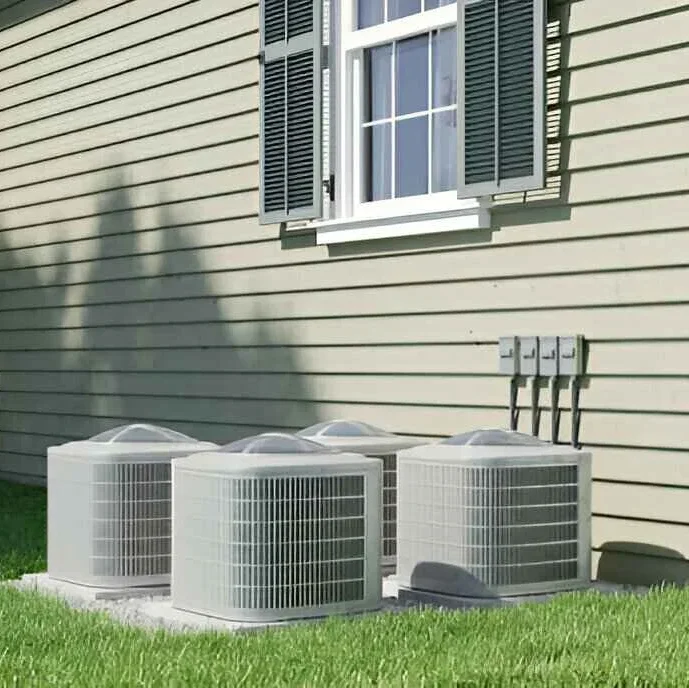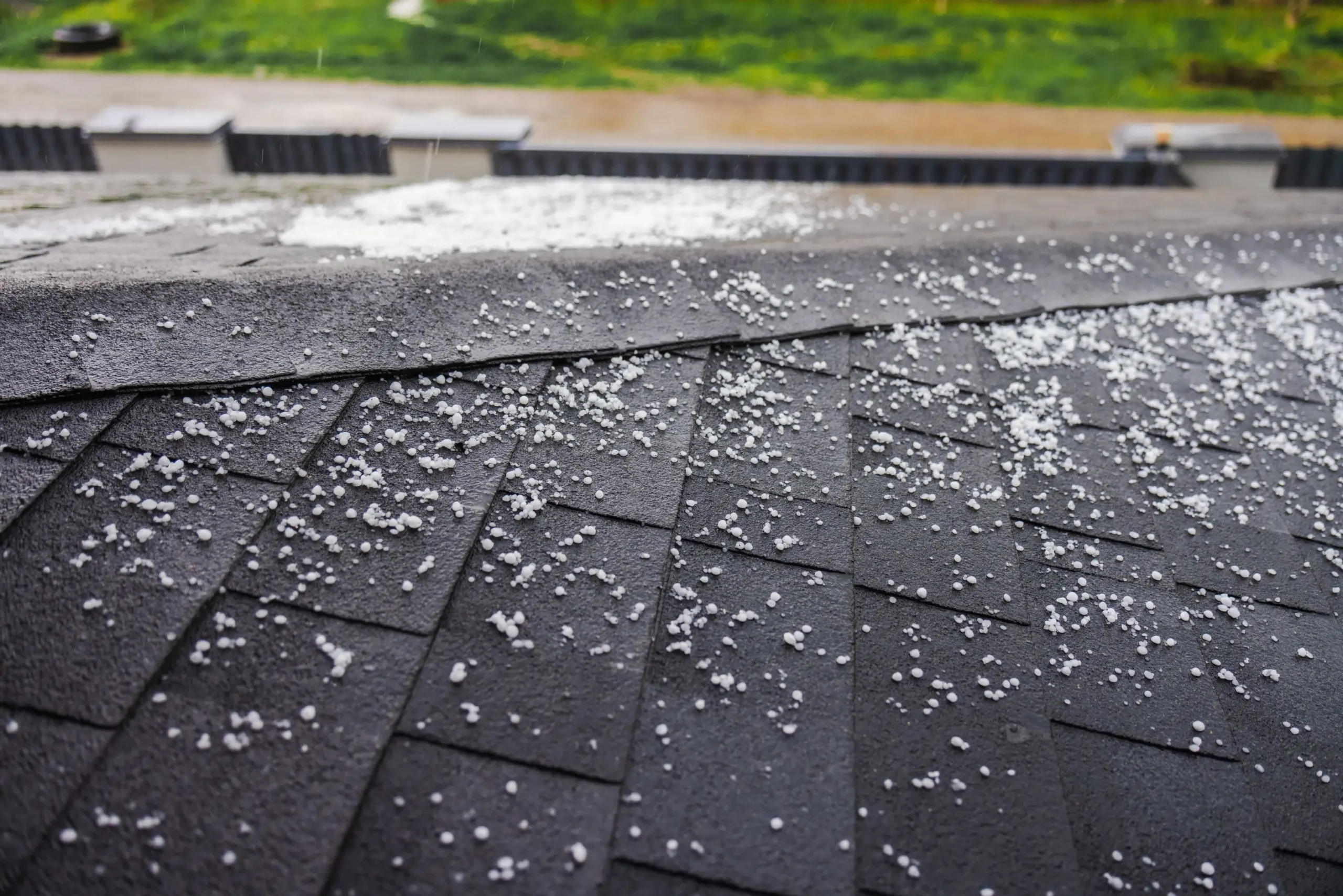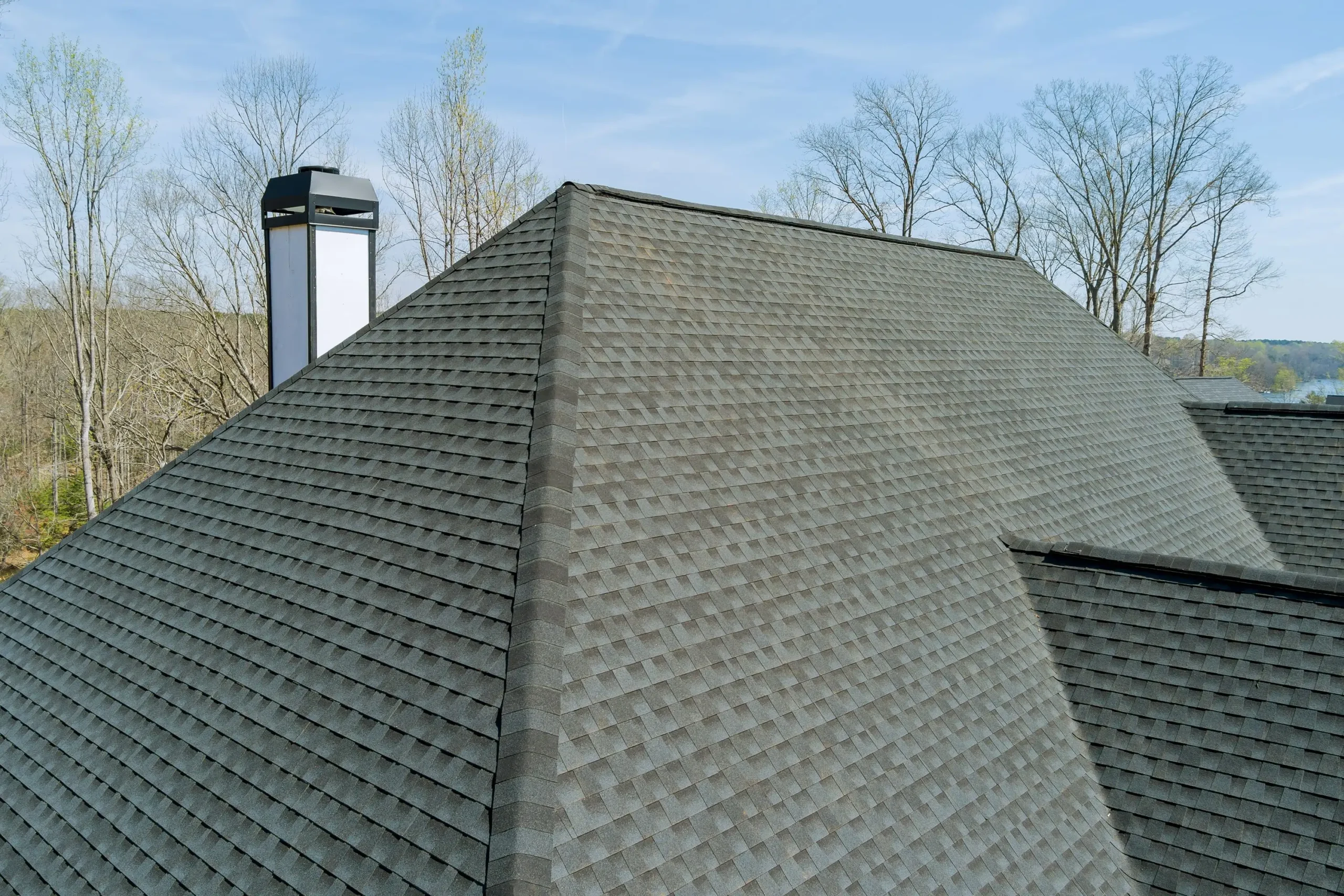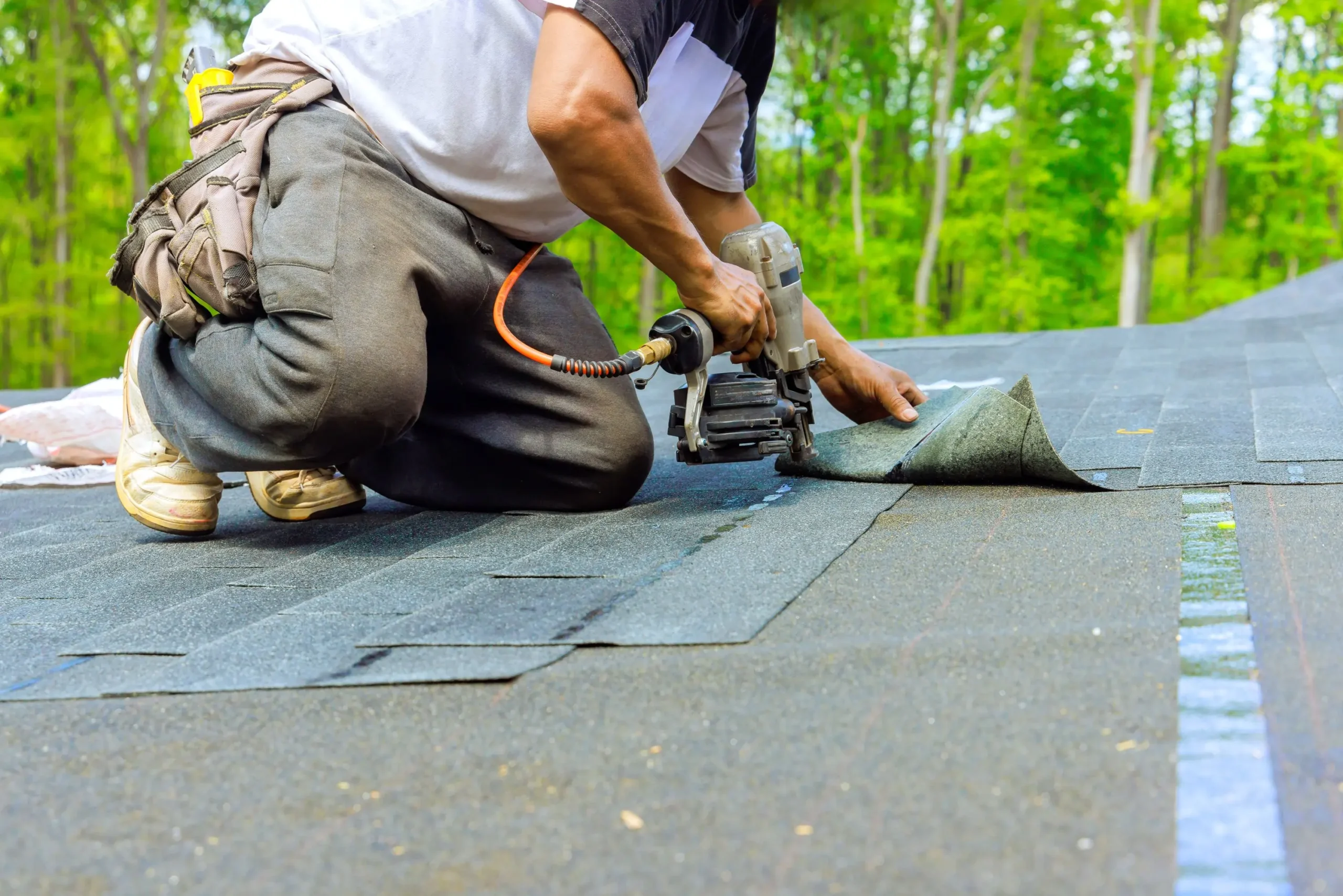Most folks don’t give a thought to their attic. Your attic, however,
has a significant job in making your house secure, warm, and dry.
Of all the things that your attic requires, adequate ventilation
is probably the most essential. Adequate ventilation ensures that
fresh air can enter and leave. It maintains temperature, eliminates
moisture, and safeguards your roof.
In Calgary, with warm summers and extremely cold winters, proper
attic ventilation is even more crucial. Without it, you can have roof
issues, huge energy bills, and even mold in your house.
In this blog, we’ll tell you what attic ventilation is, why it’s important,
and how to do it in the best way step by step and with easy words.

What Is Attic Ventilation?
Attic ventilation refers to allowing air to circulate in and out of your
attic. Outside fresh air enters, and warm, humid air exits. This
dries out the attic and maintains a stable temperature.
Two primary types of attic vents exist:
Intake vents: Allow cool air in
Exhaust vents: Let warm air out
Combined, these vents ensure air continues to circulate through the attic.
Why Is Attic Ventilation Important?
Attic ventilation benefits your home in many ways. Here are
some of the largest advantages:
1. Protects Your Roof
Attic moisture can lead to rotting of your roof deck with time. This
makes your roof weak and will likely lead to leaks. Proper ventilation
keeps your attic dry and prolongs your roof’s lifespan.
2. Stands Up to Winter Ice Dams
In Calgary’s winter weather, attic warm air melts roof snow. The
melted snow flows down and refreezes at the eave to create ice
dams. Ice dams will let your roof leak and damage it. Good ventilation
maintains even temperatures in the attic, preventing this issue.
3. Prevents Mold and Moisture
If warm, wet air stays trapped in your attic, mold can grow. Mold can
harm your health and damage your home. Ventilation removes
this moisture and helps prevent mold.
4. Saves Energy
In the summer, a hot attic can make your whole house warmer.
Your air conditioner must work harder, using more energy. A
well-ventilated attic stays cooler and helps lower your energy bills.
Signs of Poor Attic Ventilation
Uncertain if your attic is well-ventilated? Look out for these signs:
Extremely hot attic during summer, cold drafts or uneven heating
during winter, ice dams on your roof, musty odour in your attic,
mould or damp insulation, peeling ceiling paint.
If you notice any of these signs, it is time to inspect your attic ventilation.
Ways to Ventilate an Attic
Here are the most popular and effective methods of attic ventilation:
1. Ridge Vents and Soffit Vents
This is a top option for ventilating an attic. Ridge vents run
along the top of your roof. Soffit vents run underneath the roof
edge. Cool air enters along the soffit vents and forces the warm
air out along the ridge vents. This process provides equal airflow
and is effective in most Calgary homes.
2. Gable Vents
These vents are installed on the side walls of your attic, near the
roof peak. They let warm air out of the attic. They can be used with
soffit vents for better results.
3. Roof Vents or Box Vents
These are small cuts made with openings in the roof to allow hot
air to escape. They function independently or with intake vents.
You might require more than one, depending on how big your attic is.
4. Powered Attic Fans
These fans suck warm air out of the attic by using electricity. Some
of them even use solar power. They are useful, but they need
to be installed properly. Unless balanced with intake vents, they
will suck air out of your living area, adding to energy consumption.
How Much Ventilation Do You Need?
A rule of thumb is to provide 1 square foot of venting for each
300 square feet of attic area. The idea is to have the same
quantity of intake and exhaust airflow to ensure balance. Too little
of one and too much of the other will result in issues.
Can I do it Myself?
While certain vents are within the reach of handy homeowners,
attic ventilation should be left to the professionals. A professional roofer can:
Inspect your attic space and roof structure, suggest the proper type
and quantity of vents, ensure airflow is balanced, seal any gaps or leaks,
and install vents safely and appropriately.
At Straight Path Construction, we assist Calgary homeowners in attaining
proper attic ventilation that keeps their homes safe throughout the year.
Final Thoughts
An open attic makes your roof solid, your utility bills low, and your
house healthy. During Calgary’s cold winters and hot summers, attic
ventilation is not only beneficial but it’s crucial. Building a new home or
renovating an existing one? Don’t neglect your attic air flow.
Call to Action
Concerned about your attic ventilation?
Call Straight Path Construction today for a free attic and roof inspection.
We’ll check your vents, insulation, and airflow to make sure your home is
safe and ready for any season.
Contact us or visit our website to schedule a free consultation.



